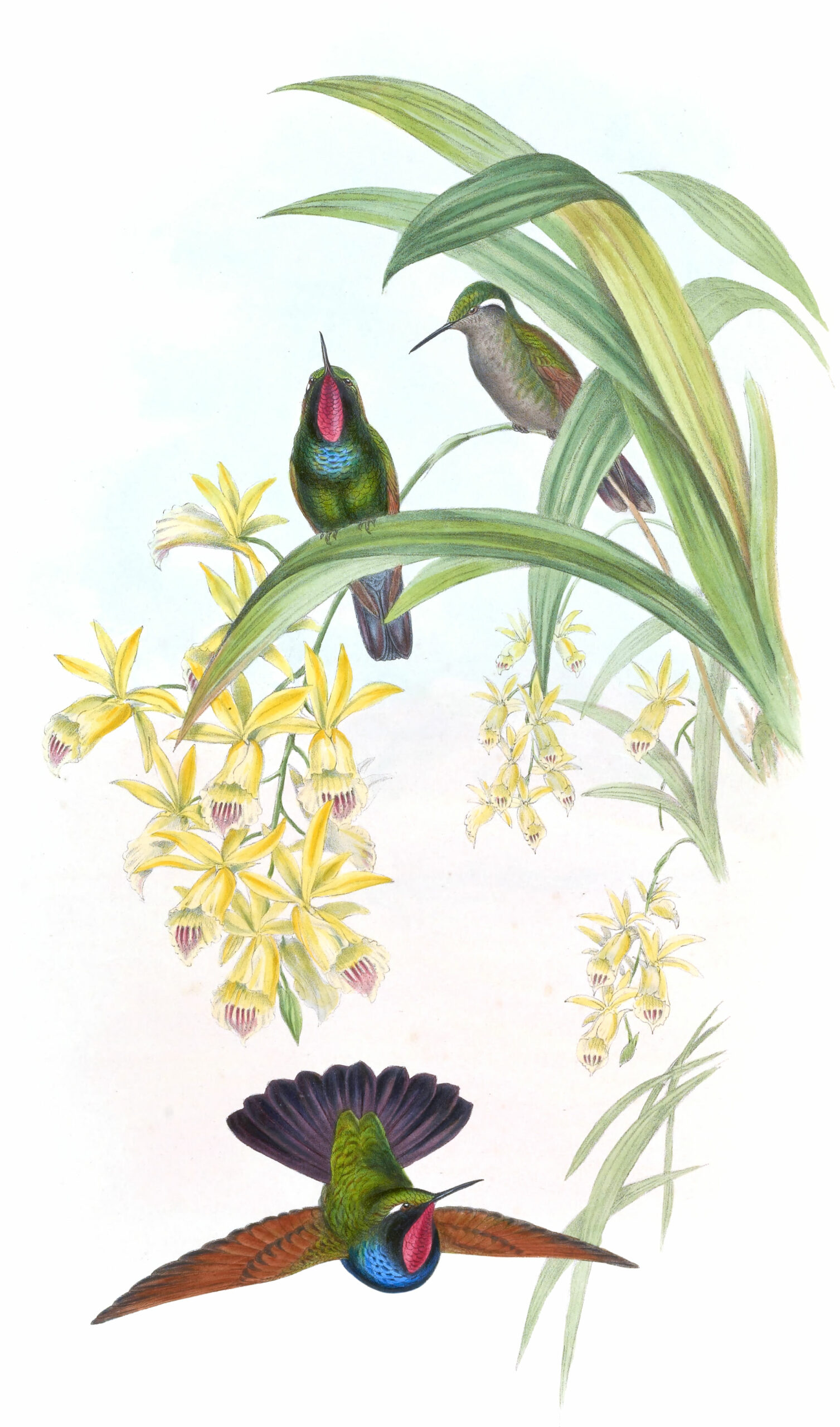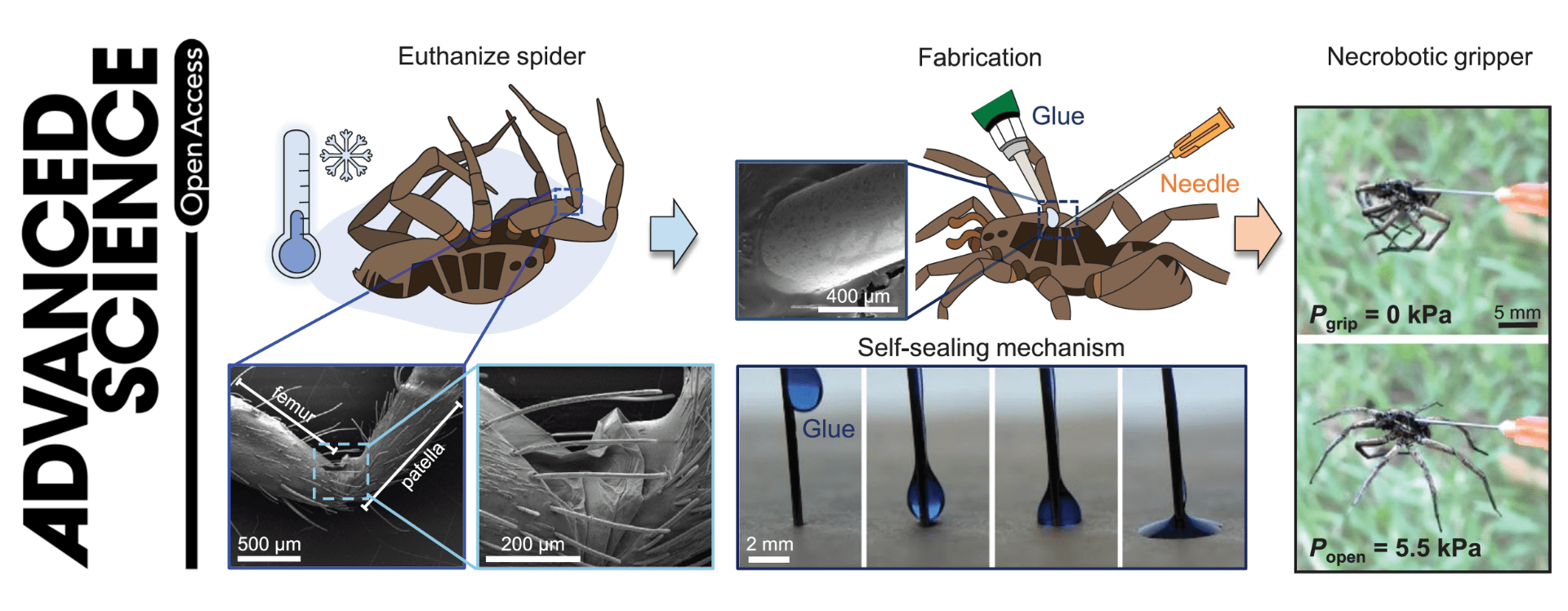As far as narrators of documentaries that offer a hypnotically close view of nature, David Attenborough has long stood unopposed. But just this year, a relatively young challenger has emerged: the Icelandic musician-actress Björk Guðmundsdóttir, much better known by her given name alone. “The living world is connected by a vast kingdom of life we are only just beginning to discover,” she says, her distinctive accent and cadence recognizable at once, in the trailer above for the documentary Fungi: Web of Life. And she emphasizes that fungi — known or unknown, prevalent or at risk of vanishing altogether — are so much more than mushrooms.”
Nature documentaries exist in part to correct just such careless conflations, and other misconceptions besides. But Fungi: Web of Life has larger ambitions, following biologist Merlin Sheldrake “as he embarks on a journey through the ancient Tarkine rainforest of Tasmania,” writes Colossal’s Kate Mothes. “Timelapse cinematography reveals up-close details of rarely seen fungal phenomena, from the dispersion of spores to vast subterranean networks known fondly as the ‘wood wide web.’ ” Sheldrake “visits scientists and designers at the forefront of their fields, discovering never-before-seen species and learning from mycelium to create new, sustainable products and environmental solutions.”
The young, fungi-dedicated Sheldrake is the kind of protagonist for whom documentarians hope. And the participation of Björk in a project like this isn’t as much of a fluke as some may assume, given the presence of a standout track called “Fungal City” on her most recent album, Fossora. Its visuals, writes Ryan Waddoups at Surface, “paint a hyper-vivid portrait of Björk fully immersed in her mushroom era,” which began when “she returned to her hometown Reykjavik to record during lockdown” in the time of COVID. “To distract herself, she watched nature documentaries like Netflix’s Fantastic Fungi, becoming enamored with its magical time lapse footage of mushrooms slowly overtaking their surroundings” — not that she’s the first musician with avant-garde associations to develop such interests.
Björk’s participation in Fungi: Web of Life may also bring to mind that of Stevie Wonder in the now-obscure 1979 documentary The Secret Life of Plants. But Wonder provided only music to that film, not narration, while Björk seems to have done the opposite. It may be that her songs, which tend to have a certain psychedelic effect in themselves, would have distracted from the wonders of the fungal realm on display. If you seek admission to that realm, Mothes notes that “Fungi: Web of Life is currently showing in five theaters across North America, including IMAX Victoria at the Royal B.C. Museum, with numerous releases scheduled across the U.S. and the U.K. next year.” You can find a screening at the film’s web site — and why not schedule a dinner of champignons à la provençale thereafter?
Bonus: Below you can watch biologist Merlin Sheldrake eat mushrooms sprouting from his book, Entangled Life. Enjoy.
Related content:
Death-Cap Mushrooms are Terrifying and Unstoppable: A Wild Animation
Hear 11-Year-Old Björk Sing “I Love to Love”: Her First Recorded Song (1976)
The Beautifully Illustrated Atlas of Mushrooms: Edible, Suspect and Poisonous (1827)
Watch Björk, Age 11, Read a Christmas Nativity Story on an Icelandic TV Special (1976)
Based in Seoul, Colin Marshall writes and broadcasts on cities, language, and culture. His projects include the Substack newsletter Books on Cities, the book The Stateless City: a Walk through 21st-Century Los Angeles and the video series The City in Cinema. Follow him on Twitter at @colinmarshall or on Facebook.








